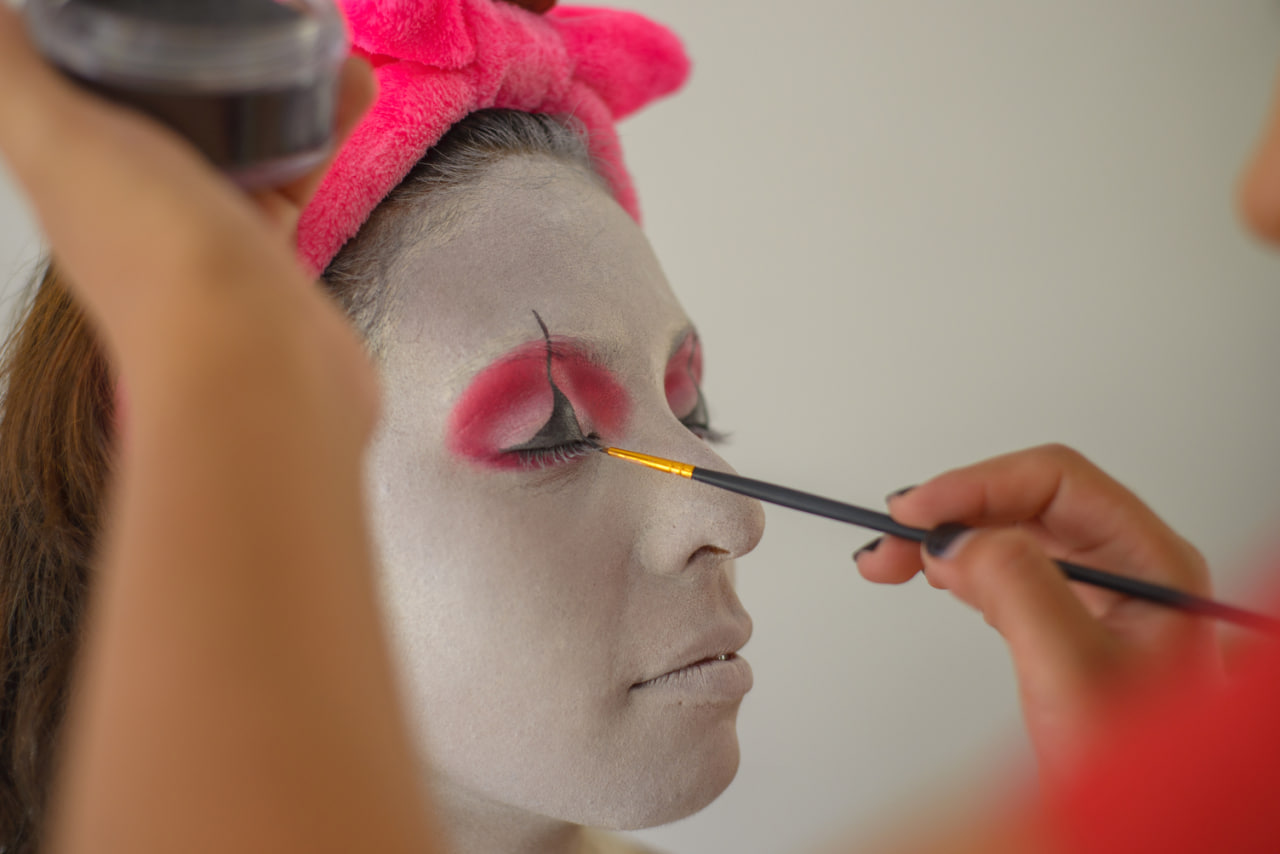Theatrical makeup is far more than a cosmetic enhancement—it is an essential tool in defining and developing characters on stage. Makeup helps actors embody their roles, conveys personality traits, supports the narrative, and communicates emotion to the audience. By carefully designing and applying makeup, artists can transform performers into compelling, believable characters that resonate with viewers and enhance storytelling.
Enhancing Personality and Traits
Makeup allows characters’ personalities to be immediately recognizable. Subtle choices, such as eyebrow shape, facial contouring, and color accents, communicate traits like confidence, innocence, villainy, or mischief. For instance, sharp angles and darker tones may suggest intensity or menace, while soft curves and pastel colors convey gentleness or vulnerability. Thoughtful design ensures that even audience members seated far from the stage can interpret a character’s personality visually, reinforcing the narrative.
Aging and Physical Transformation
Theatrical makeup enables actors to portray age, health, or physical conditions that differ from their own. Aging makeup, wrinkles, and shading allow young performers to appear older, while prosthetics and contouring can simulate injuries, deformities, or physical traits relevant to a role. These transformations are essential for creating authenticity and immersion, allowing actors to convincingly inhabit characters that span different ages, social conditions, or fantastical worlds.
Supporting Emotional Expression
Makeup enhances emotional communication on stage, where subtle facial expressions may be harder to see from a distance. Highlighting key features, exaggerating expressions, and using color strategically amplifies emotions, making them readable to the audience. For example, accentuating eyes and lips helps convey sadness, anger, or joy, ensuring that characters’ internal experiences are effectively communicated visually, in harmony with dialogue and movement.
Establishing Historical or Cultural Context
Costume and makeup work together to situate a character within a specific historical period, culture, or setting. Accurate makeup reflects fashion, grooming habits, and cultural aesthetics of the era, helping audiences understand the character’s environment and background. By integrating historical or cultural details, makeup artists provide context that enriches storytelling and enhances the authenticity of the performance.
Differentiating Characters and Roles
In productions with multiple characters or ensembles, makeup is crucial for distinguishing roles and preventing visual confusion. Unique color schemes, facial features, prosthetics, and stylistic choices create clear visual identity for each character. This differentiation is particularly important in productions with actors portraying multiple roles or in fantasy and experimental theater, where exaggerated or stylized makeup ensures clarity and audience comprehension.
Enhancing Narrative and Theme
Makeup contributes to the broader narrative and thematic elements of a performance. Dramatic effects, symbolic colors, and artistic choices can reinforce the story’s mood, tension, or message. For instance, pale tones may evoke melancholy, vibrant colors may highlight celebration, and distorted features may underscore conflict or transformation. Thoughtful integration of makeup with costumes, lighting, and set design strengthens the overall impact of the production.
Collaboration Between Makeup Artists and Actors
Effective theatrical makeup requires collaboration between artists and actors. Makeup must complement performance, allowing actors to express emotion, speak, and move freely. Regular feedback, testing, and adjustments ensure that makeup supports the actor’s portrayal without hindering physical expression. This collaboration fosters creativity and ensures that the final result enhances both character development and audience engagement.
Training and Skill Development
Professional theatrical makeup requires knowledge of anatomy, color theory, lighting, materials, and application techniques. Continuous training and practice allow artists to develop the precision, creativity, and problem-solving skills necessary for complex character designs. By mastering these skills, makeup artists can contribute meaningfully to the artistic vision of a production, transforming conceptual ideas into visually compelling and believable characters.

